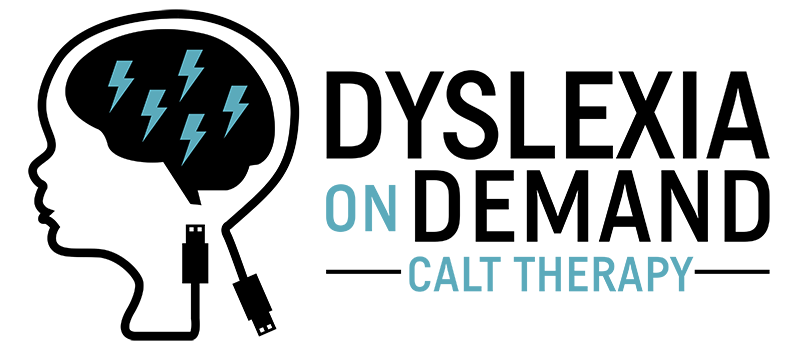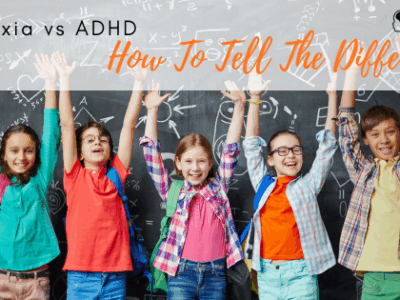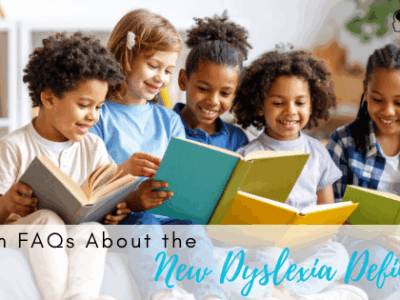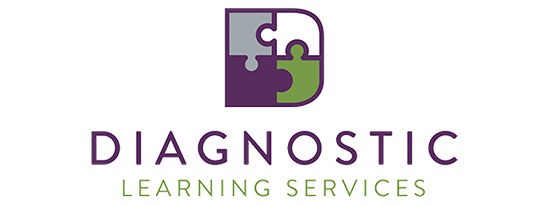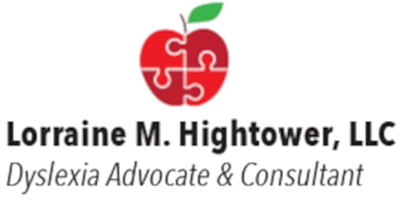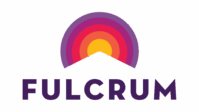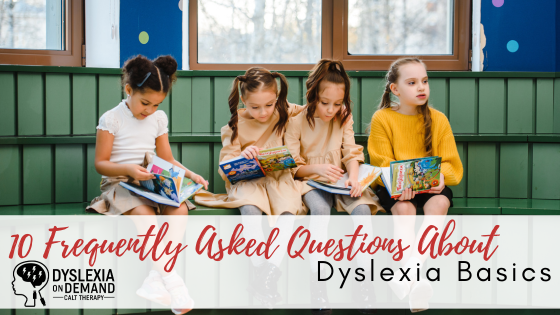
10 FAQS About Dyslexia Basics
Executive Summary:
A dyslexia diagnosis can feel overwhelming, but it’s also the first step toward understanding your child’s unique learning needs. With the right information and evidence-based support, children with dyslexia can thrive academically and confidently.
When a child is diagnosed with dyslexia, it can be a relief. A dyslexia diagnosis can mean that parents, students, and families can have a path forward when it comes to seeking the best help possible for this learning disability. Often, parents want to learn as much as they can about dyslexia as they charge forth to find support and solutions. The amount of information about dyslexia that is floating around on the internet can be overwhelming. Take comfort in the fact that, with the right kind of support and with solid information, you can help your child to thrive in the classroom and beyond. Navigating a new diagnosis can bring up a lot of questions. Read on to learn the answers to 10 frequently asked questions about dyslexia basics.
- What exactly is dyslexia? One of the most important facts to note about dyslexia is that it is not a reflection of intelligence. Instead, it’s a specific learning disability that is neurobiological in origin. One of the core difficulties of dyslexia is rooted in phonological processing; this is the ability to recognize and manipulate sounds within words. Many dyslexic students struggle with decoding, which is foundational for reading skills. This can lead to slower reading and lower comprehension. Because dyslexia is a language-based learning disability, it can also affect academic skills like spelling and writing.
- Is dyslexia genetic? Research on dyslexia does point to the fact that there is a genetic component to it. It tends to run in families; this genetic link is connected to the neurobiological nature of dyslexia. For example, if one parent is dyslexic, there’s a 40 to 60% higher chance that his or her child may also be dyslexic.
- What does dyslexia have to do with my child’s vision? Dyslexia is not a vision problem. Often, dyslexia is depicted with people seeing letters or words backwards. This is inaccurate. While sometimes there may be confusion with similar letters such as ‘b’ or ‘d,’ dyslexia results from the brain’s difficulty with phonological processing, not eyesight. However, vision health is so important for all students; be sure to have your student’s vision checked regularly.
- How early do signs of dyslexia appear? Typically, students won’t be formally diagnosed with dyslexia until age seven or mid first grade, as that is the earliest that schools will test. However, some signs may be noticeable as early as preschool or kindergarten. A few signs of dyslexia in children can include delayed speech, difficulty learning rhyming words or the alphabet, or issues with recognizing letters in familiar words like their own name.
- Is dyslexia a lifelong condition? Yes. Children do not outgrow dyslexia. However, by implementing the right kind of support and intervention, the effects of dyslexia can be managed well. Dyslexic students can learn to read and write fluently, building their skills and their confidence.
- Will my child with dyslexia need accommodations in the classroom? This is something to discuss with your student’s teacher as well as staff at your school. Your child will benefit from an Individualized Education Program (IEP) or a 504 plan. These legal documents ensure that children get the necessary accommodations and support in school. Collaborating with teachers and staff is essential for success at school.
- Does dyslexia only affect reading and writing skills? No—dyslexia can affect a person’s working memory, organization, math, and executive functioning skills. Things like remembering steps in directions, lists of items, or ideas for writing assignments can all present difficulty for day-to-day living. Emotional and social challenges may also come with having dyslexia. Students might feel anxious or lack confidence due to their learning disability. And although there are challenges that come with dyslexia, there can be good things too. Many people with dyslexia thrive within areas like creative arts, problem solving, and spatial reasoning.
- What are some good solutions to help with dyslexia? It’s recommended that students get tutors for their dyslexia. However, the best, most effective approach for dyslexia help is a structured, explicit, and multisensory program. Orton-Gillingham based approaches have proven to be the most successful. Dyslexia therapy like the kind offered at Dyslexia on Demand offers expert-level help for students with dyslexia.
- What is Orton-Gillingham? In short, it’s one of the gold standards for dyslexia solutions. These programs focus on students learning the connections between letters and sounds in a systematic way. The methods are multisensory, engaging students by using more than one of their senses at a time. By implementing a tried and true dyslexia curriculum, new neural pathways can be created in a student’s brain. It can be life-changing!
- What is dyslexia therapy? Dyslexia on Demand offers dyslexia therapy, which is so different from dyslexia tutoring. Our one-on-one therapy opportunities for students take place four times per week. Sessions are led by highly trained Certified Academic Language Therapists (CALTs) who guide students through a multisensory program that includes explicit, systematic instruction for both reading and spelling.
Learning more about dyslexia is a great step to take as you help your child on a journey to success. Reach out to Dyslexia on Demand for the best dyslexia therapy available.
FAQs
1. What’s the difference between dyslexia tutoring and dyslexia therapy?
Dyslexia therapy uses structured, multisensory, and evidence-based methods—like Orton-Gillingham—to rewire how the brain processes language. Dyslexia on Demand provides therapy led by Certified Academic Language Therapists (CALTs), offering more intensive and targeted instruction than traditional tutoring.
2. How can I tell if my child might have dyslexia?
Early signs may include difficulty learning rhymes, recognizing letters, or remembering familiar words. A formal evaluation—usually around age seven—can confirm dyslexia and help parents find the right support.
3. Can children with dyslexia learn to read fluently?
Yes. With consistent, specialized intervention and classroom accommodations, students with dyslexia can become confident, fluent readers and writers who succeed in school and beyond.
References
International Dyslexia Association. (2017). Definition of dyslexia. International Dyslexia Association. https://dyslexiaida.org/definition-of-dyslexia/
Shaywitz, S. E., & Shaywitz, B. A. (2020). Overcoming dyslexia: Second edition. Vintage.
Snowling, M. J., & Hulme, C. (2020). Interventions for children’s language and literacy difficulties. International Journal of Language & Communication Disorders, 55(3), 255–269. https://doi.org/10.1111/1460-6984.12525
National Center for Learning Disabilities. (2020). The state of learning disabilities: Understanding the 1 in 5. NCLD. https://www.ncld.org/
Gaab, N. (2017). It’s a myth that young children cannot be screened for dyslexia! International Dyslexia Association. https://dyslexiaida.org/its-a-myth-that-young-children-cannot-be-screened-for-dyslexia/
American Academy of Pediatrics, Council on Children with Disabilities, & Section on Developmental and Behavioral Pediatrics. (2019). Identifying and supporting children with specific learning disabilities. Pediatrics, 144(6), e20193048. https://doi.org/10.1542/peds.2019-3048
